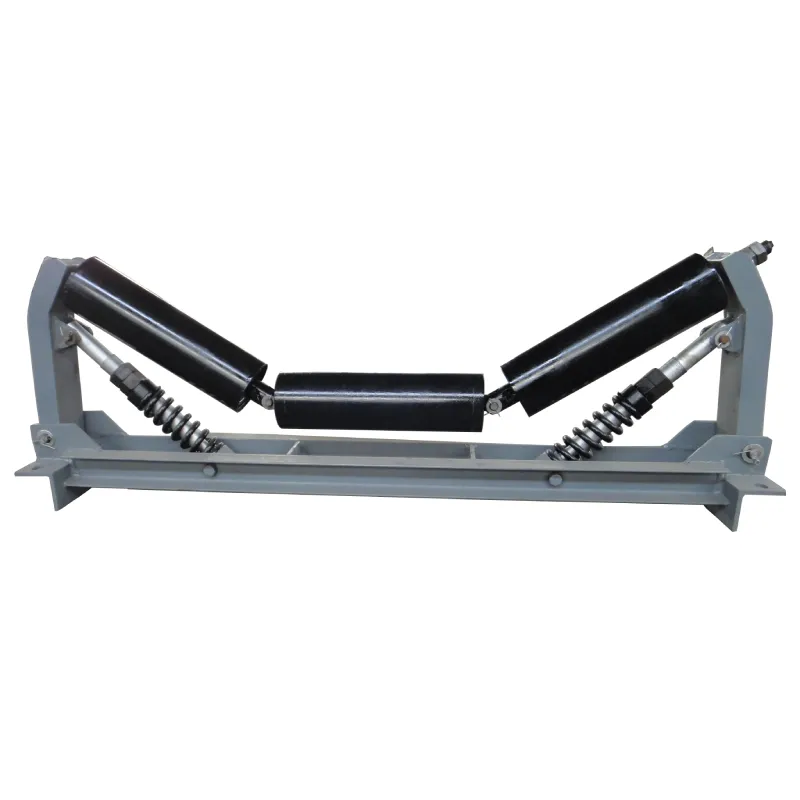 Afrikaans
Afrikaans  Albanian
Albanian  Amharic
Amharic  Arabic
Arabic  Armenian
Armenian  Azerbaijani
Azerbaijani  Basque
Basque  Belarusian
Belarusian  Bengali
Bengali  Bosnian
Bosnian  Bulgarian
Bulgarian  Catalan
Catalan  Cebuano
Cebuano  Corsican
Corsican  Croatian
Croatian  Czech
Czech  Danish
Danish  Dutch
Dutch  English
English  Esperanto
Esperanto  Estonian
Estonian  Finnish
Finnish  French
French  Frisian
Frisian  Galician
Galician  Georgian
Georgian  German
German  Greek
Greek  Gujarati
Gujarati  Haitian Creole
Haitian Creole  hausa
hausa  hawaiian
hawaiian  Hebrew
Hebrew  Hindi
Hindi  Miao
Miao  Hungarian
Hungarian  Icelandic
Icelandic  igbo
igbo  Indonesian
Indonesian  irish
irish  Italian
Italian  Japanese
Japanese  Javanese
Javanese  Kannada
Kannada  kazakh
kazakh  Khmer
Khmer  Rwandese
Rwandese  Korean
Korean  Kurdish
Kurdish  Kyrgyz
Kyrgyz  Lao
Lao  Latin
Latin  Latvian
Latvian  Lithuanian
Lithuanian  Luxembourgish
Luxembourgish  Macedonian
Macedonian  Malgashi
Malgashi  Malay
Malay  Malayalam
Malayalam  Maltese
Maltese  Maori
Maori  Marathi
Marathi  Mongolian
Mongolian  Myanmar
Myanmar  Nepali
Nepali  Norwegian
Norwegian  Norwegian
Norwegian  Occitan
Occitan  Pashto
Pashto  Persian
Persian  Polish
Polish  Portuguese
Portuguese  Punjabi
Punjabi  Romanian
Romanian  Russian
Russian  Samoan
Samoan  Scottish Gaelic
Scottish Gaelic  Serbian
Serbian  Sesotho
Sesotho  Shona
Shona  Sindhi
Sindhi  Sinhala
Sinhala  Slovak
Slovak  Slovenian
Slovenian  Somali
Somali  Spanish
Spanish  Sundanese
Sundanese  Swahili
Swahili  Swedish
Swedish  Tagalog
Tagalog  Tajik
Tajik  Tamil
Tamil  Tatar
Tatar  Telugu
Telugu  Thai
Thai  Turkish
Turkish  Turkmen
Turkmen  Ukrainian
Ukrainian  Urdu
Urdu  Uighur
Uighur  Uzbek
Uzbek  Vietnamese
Vietnamese  Welsh
Welsh  Bantu
Bantu  Yiddish
Yiddish  Yoruba
Yoruba  Zulu
Zulu impact idler roller
The Impact of Idler Rollers on Conveyor Systems
Idler rollers are integral components of conveyor systems, playing a crucial role in the efficient movement of materials across various industries. These rollers support the conveyor belt and provide a smooth surface for the belt to glide over, minimizing friction and wear. This article delves into the importance of idler rollers, their impact on conveyor performance, and considerations for their selection and maintenance.
Understanding Idler Rollers
Idler rollers are non-powered rollers that serve multiple functions within a conveyor system. Typically mounted on a frame, these rollers maintain the tension of the conveyor belt and support the weight of the materials being transported. They come in various designs, including standard, crowned, and live idlers, each tailored to specific applications and material types.
The primary role of idler rollers is to ensure that the conveyor belt remains aligned and functions correctly. When a conveyor system is operating, the belt is subjected to various forces, including weight, tension, and friction. Idler rollers mitigate these forces by providing stable support, which is essential for maximizing the conveyor’s operational efficiency.
The Impact on Efficiency and Performance
The design and condition of idler rollers directly impact the overall efficiency of the conveyor system. Properly functioning rollers reduce resistance and ensure smooth belt movement, which is essential for conveying bulk materials. If idler rollers are worn out or misaligned, the belt can become distorted or damaged, leading to increased downtime and maintenance costs.
High-quality idler rollers contribute to the system's longevity and productivity. They minimize energy consumption as less power is required to move the conveyor belt. A well-maintained set of idler rollers can lead to a notable decrease in operational costs, making them a vital investment for businesses relying on conveyor systems.
impact idler roller

Selection Criteria for Idler Rollers
When selecting idler rollers, several factors must be considered to ensure optimal performance. These include
1. Material Compatibility The choice of material is crucial as it affects durability and resistance to wear. Common materials for idler rollers include steel, plastic, and rubber, each offering different advantages based on the conveyed materials.
2. Roller Diameter and Length The dimensions of idler rollers should be matched to the specific conveyor system. A larger diameter roller can handle heavier loads, while the length must be appropriate for the width of the conveyor belt.
3. Environmental Conditions Idler rollers must withstand environmental factors such as temperature, humidity, and exposure to chemicals. Selecting rollers made from corrosion-resistant materials can extend their lifespan in harsh conditions.
4. Maintenance Needs Rollers that require minimal maintenance can save time and resources. Features such as sealed bearings can provide enhanced durability by preventing the ingress of dust and moisture.
Conclusion
Idler rollers play an indispensable role in the functionality and efficiency of conveyor systems. By understanding their impact on performance and selecting the right components, businesses can enhance their material handling processes while reducing costs. Regular maintenance and timely replacement of idler rollers not only prolong the lifespan of the conveyor system but also ensure seamless operation, thus supporting productivity and operational success. Investing in quality idler rollers ultimately leads to a more efficient, reliable, and cost-effective conveyor system, underscoring their critical role in industrial applications.
-
Revolutionizing Conveyor Reliability with Advanced Rubber Lagging PulleysNewsJul.22,2025
-
Powering Precision and Durability with Expert Manufacturers of Conveyor ComponentsNewsJul.22,2025
-
Optimizing Conveyor Systems with Advanced Conveyor AccessoriesNewsJul.22,2025
-
Maximize Conveyor Efficiency with Quality Conveyor Idler PulleysNewsJul.22,2025
-
Future-Proof Your Conveyor System with High-Performance Polyurethane RollerNewsJul.22,2025
-
Driving Efficiency Forward with Quality Idlers and RollersNewsJul.22,2025





























